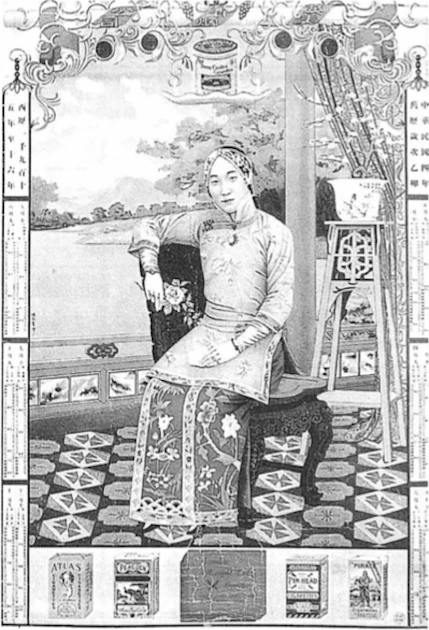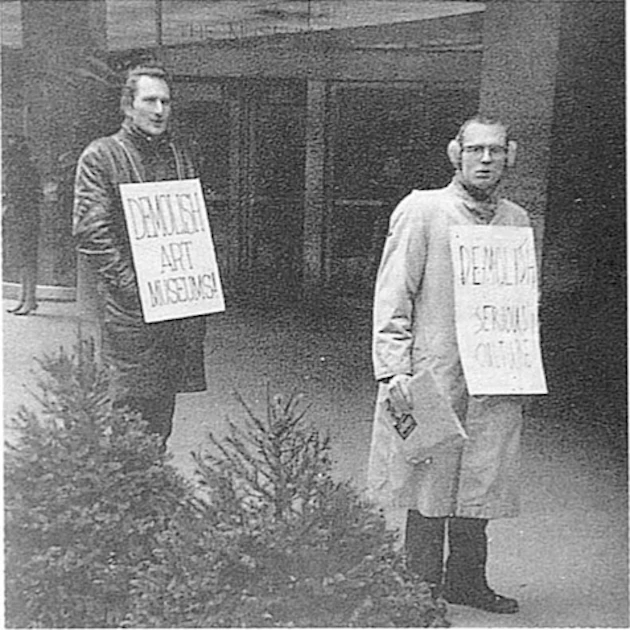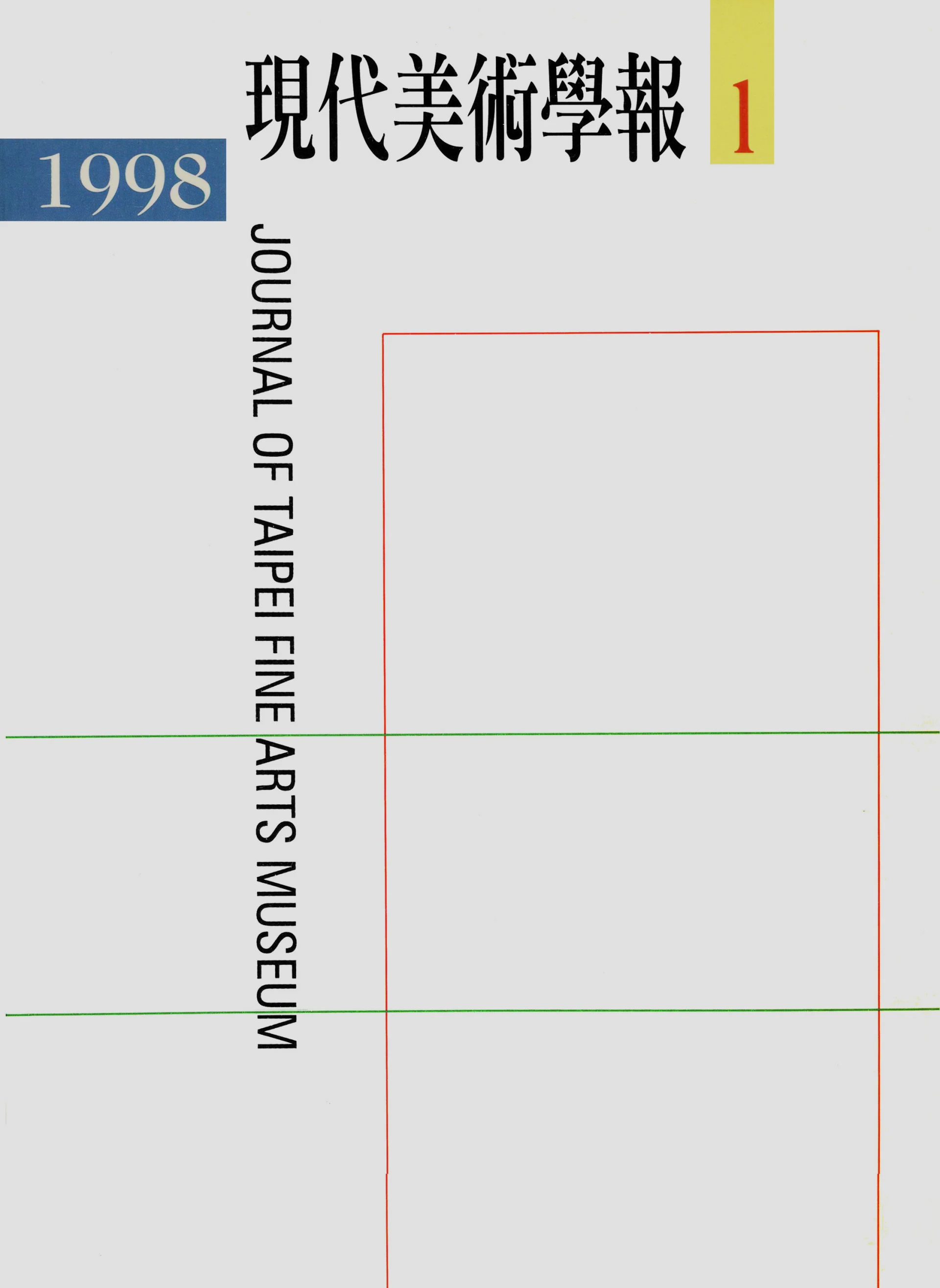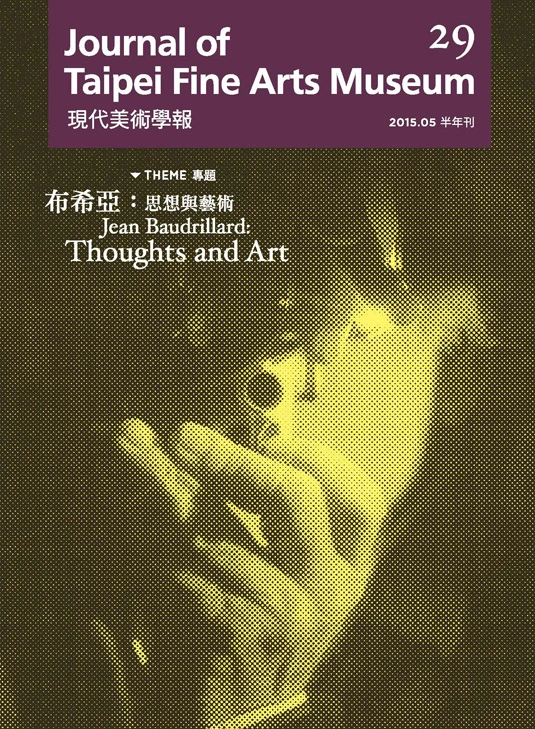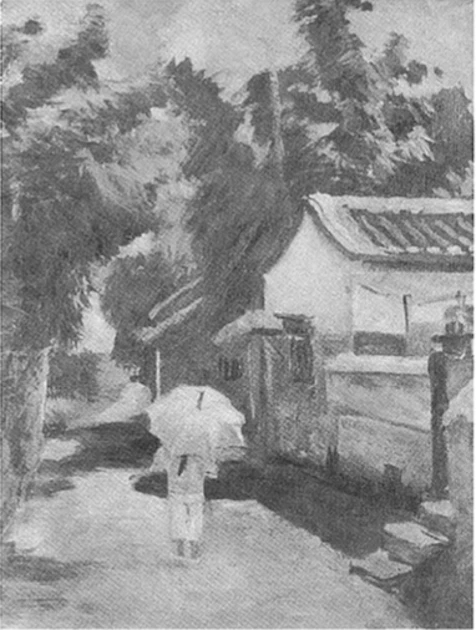摘要
九〇年代迄今,由於解嚴的關係,威權政治意識形態加諸在人民日常生活上的桎梏逐漸瓦解,前此積累的社會能量循著不同的管道迸發出來,身體與以身體為媒介的社會運動、行為藝術與戲劇或舞蹈展演沛然莫之能禦地找尋各種實現的樣態。邱誌勇的〈替身操演:數位表演藝術中的「異體」與「機器/人」〉從「偶」與「機器人」的角度回頭思考「身體」、主體化了的個體與機器三者間的關係,並以張徐展、在地實驗與黃翊的三件作品為例,認為人與機器間有逐漸融合的趨勢。
Abstract
Since the 1990s, due to the lifting of martial law, the shackles imposed by authoritarian political ideology on people's daily life has been gradually breaking down. The accumulating social energy has burst out through different pathways, while the body and social movement, performance art, theatrical performance, or dance that take the bodies as the medium tremendously search for various forms of presentation. Chih-Yung Aaron CHIU ponders the relationship among "body," subjectivized individuals, and mechanical devices from the perspective of "puppets" and "robots" in his article, "Avatar Acting: 'variants' and 'robot/human' in digital performances." With the examples of works of Zhang Xu-Zhan, ET@T, and Huang Yi, Chiu believes that there is a trend of integration between humans and machines.

